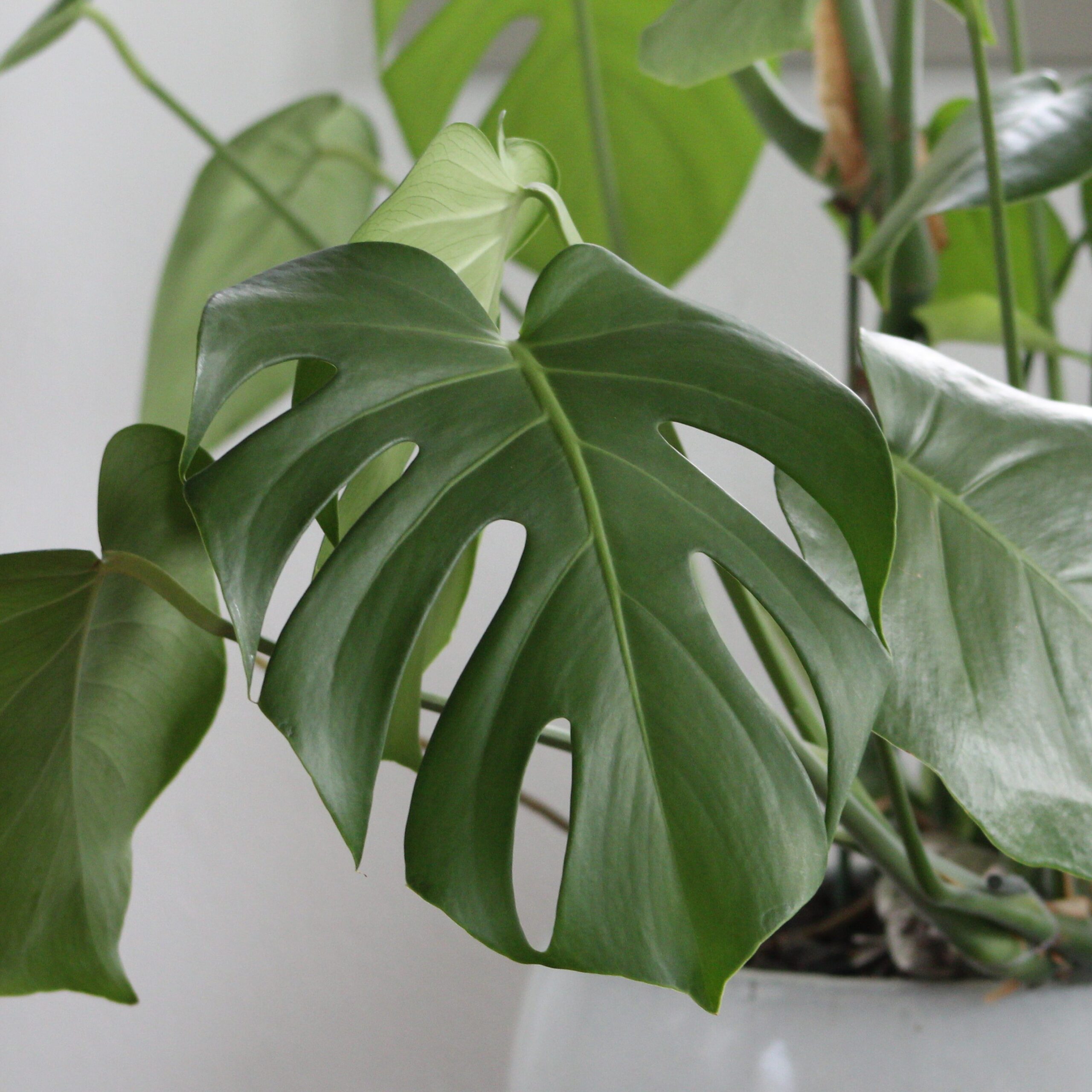
Source littleprinceplants.com
Welcome to our comprehensive guide on caring for the Monstera Swiss Cheese Plant. With its distinctive holes and lush green leaves, this tropical beauty has become a popular choice for plant enthusiasts. Whether you’re a seasoned plant parent or a beginner, this article will provide you with all the information you need to keep your Monstera thriving and healthy.
Monstera Swiss Cheese plants, scientifically known as Monstera adansonii, are native to the rainforests of Central and South America. They are part of the Araceae family and are characterized by their unique foliage. The natural holes, called fenestrations, in their leaves give them their popular nickname “Swiss Cheese Plant.” These holes allow the plant to capture sunlight and reduce wind resistance, making it well-suited for its tropical habitat.
1. Understanding Light Requirements
Choosing the Right Spot
When it comes to light requirements, the Monstera Swiss Cheese Plant thrives in bright, indirect light. Ideally, place your plant near a window where it can receive filtered sunlight. Direct sunlight can scorch its leaves, so it’s important to find the right balance. If you notice your plant’s leaves turning yellow or developing brown patches, it might be receiving too much direct sunlight. On the other hand, if the leaves are staying small and the gaps between the fenestrations are widening, it might be an indication that your plant is not receiving enough light.
Managing Light Levels
If your Monstera Swiss Cheese Plant is not getting enough light, you can supplement its light requirements with artificial grow lights. LED grow lights are an excellent option as they provide the right spectrum of light for optimal plant growth. Place the lights above the plant and ensure they are on for around 10-12 hours a day to provide adequate light energy for photosynthesis. Remember to adjust the light intensity based on your plant’s response and growth rate.
2. Finding the Perfect Watering Routine
Understanding Moisture Needs
Proper watering is essential for the well-being of your Monstera Swiss Cheese Plant. These tropical plants prefer moist but not waterlogged soil. Overwatering can lead to root rot, while underwatering can cause dehydration and stress. To strike the right balance, perform the “finger test” by sticking your finger into the soil up to your knuckle. If the top inch of soil feels dry, it’s time to water your plant. If it still feels moist, hold off watering for a few more days.
Watering Techniques
When watering your Monstera, use room temperature water to avoid shocking the plant’s roots. Ensure that the water is evenly distributed throughout the soil, but avoid letting the plant sit in standing water to prevent root rot. Remember, it’s better to underwater than overwater your plant. If you’re unsure about the moisture level, wait a few more days before watering to avoid potential issues.
3. Creating the Ideal Humidity Environment
Benefits of High Humidity
Monstera Swiss Cheese Plants thrive in high humidity environments, resembling their natural tropical habitat. Higher humidity levels encourage healthy leaf growth, reduce the risk of pests, and prevent browning and curling of leaves. If your home has low humidity, your Monstera might need a little boost to create the ideal growing conditions.
Increasing Humidity
There are several methods to increase humidity around your Monstera Swiss Cheese Plant. One simple option is to place a tray filled with water near the plant. As the water evaporates, it raises the humidity level in the surrounding area. You can also use a humidifier to maintain consistent humidity levels. Mist your plant occasionally, especially during dry winter months, to provide a refreshing burst of moisture.
Table Breakdown: Monstera Swiss Cheese Plant Care
| Aspect | Requirements |
|---|---|
| Light | Bright, indirect light |
| Water | Moist, well-draining soil |
| Humidity | High humidity levels |
| Temperature | 70-85ºF (21-29ºC) |
| Fertilizer | Monthly during growing season |
Frequently Asked Questions about Monstera Swiss Cheese Plant Care
1. How often should I fertilize my Monstera?
During the active growing season (spring and summer), fertilize your Monstera Swiss Cheese Plant once a month using a balanced, water-soluble fertilizer diluted to half the recommended strength. Reduce fertilizer application during the fall and winter months.
2. Can I propagate my Monstera Swiss Cheese Plant?
Yes, Monstera Swiss Cheese Plants can be easily propagated through stem cuttings. Choose a healthy stem with at least two nodes, and place it in a jar of water or a well-draining potting mix. Keep the cuttings in a warm and humid environment until they develop roots.
3. What is the ideal temperature range for a Monstera plant?
Monstera Swiss Cheese Plants prefer temperatures between 70-85ºF (21-29ºC). Avoid exposing them to temperatures below 60ºF (15ºC), as it can lead to significant damage to the plant.
4. How can I prevent pest infestations on my Monstera?
Maintaining good hygiene and regularly inspecting your plant for pests is crucial. If you spot signs of infestation, such as webbing or tiny insects, isolate the affected plant and treat it with an appropriate insecticidal soap or oil. Additionally, avoid overwatering and ensure proper air circulation to prevent conditions favorable for pests.
5. Can I trim the leaves of my Monstera Swiss Cheese Plant?
Yes, you can trim yellowing or damaged leaves using clean, sharp pruning shears. Pruning helps redirect the plant’s energy towards new growth. Make sure to disinfect your pruning tools before and after use to prevent the spread of diseases.
Conclusion
In conclusion, caring for a Monstera Swiss Cheese Plant involves providing it with the right amount of light, water, and humidity. By understanding the plant’s specific needs and implementing proper care techniques, you can enjoy a thriving and beautiful Monstera in your home. Remember to regularly monitor your plant’s health and make adjustments as needed. With time and care, your Monstera will continue to grow and bring joy to your plant-loving heart.